MGMT20132: Business Model Disruption Analysis - Smart Products & Volvo
VerifiedAdded on 2023/06/12
|5
|705
|335
Essay
AI Summary
This essay defines the business model and discusses how smart products can disrupt established companies, focusing on the Volvo Group. It explores the opportunities and threats presented by smart, connected products, particularly in relation to Volvo's business model. The analysis incorporates the value proposition perspective, highlighting how unique features and customer-centric solutions drive product selection. The essay references various academic sources to support its arguments, emphasizing the importance of adapting business models to leverage the benefits of smart products while mitigating potential risks. Desklib provides this essay as a study resource, offering access to similar solved assignments and past papers.
1 out of 5
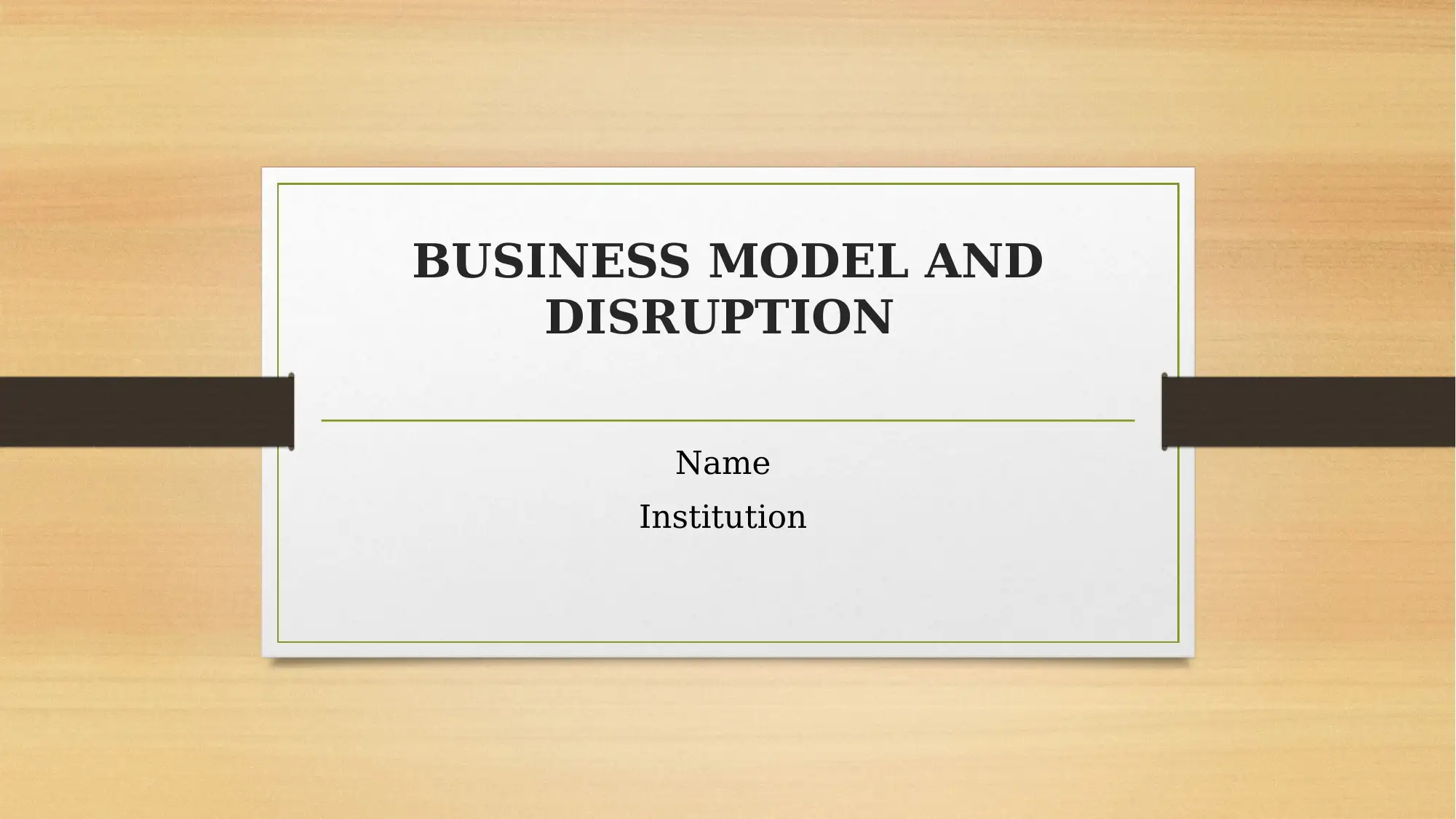
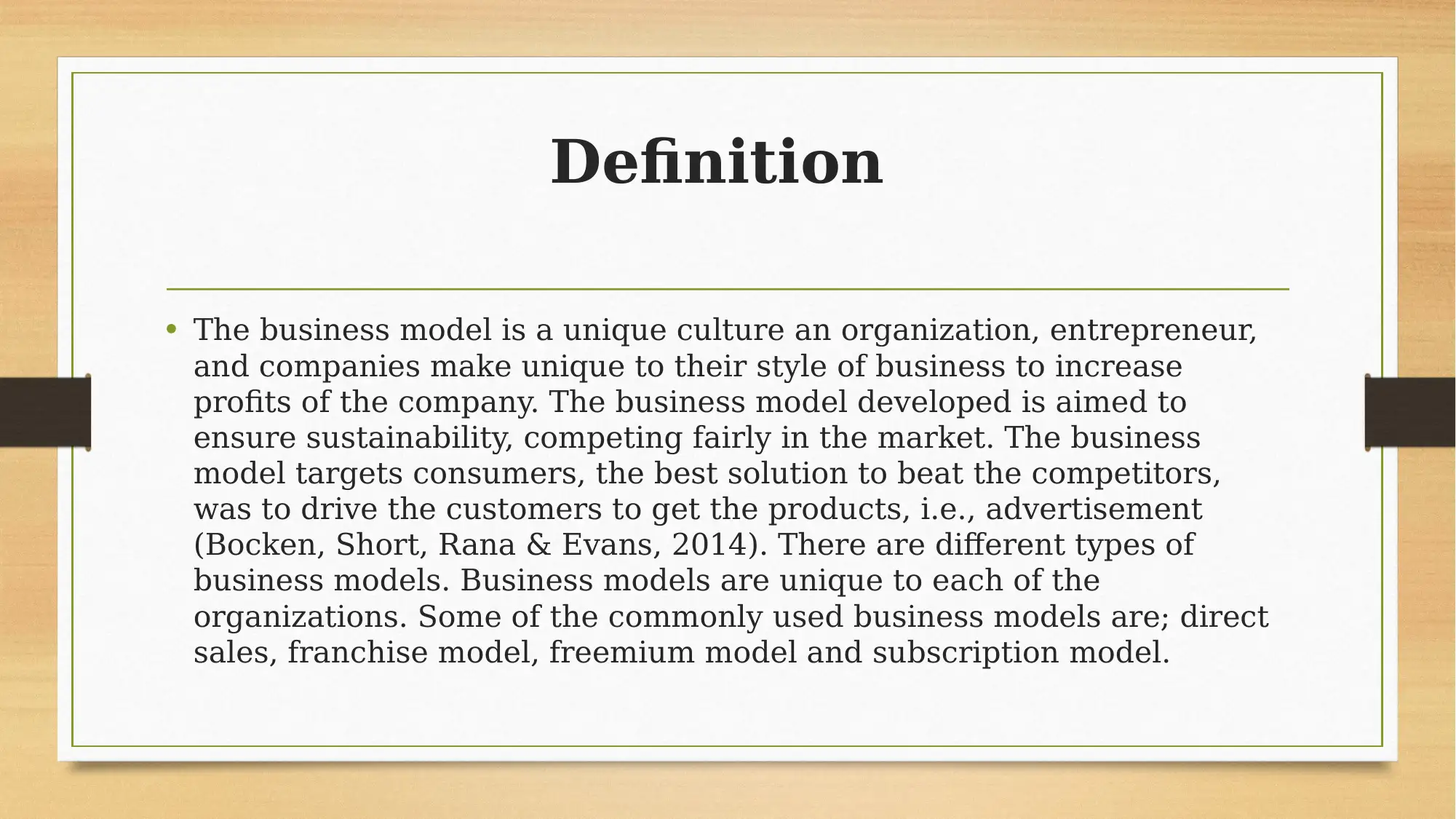
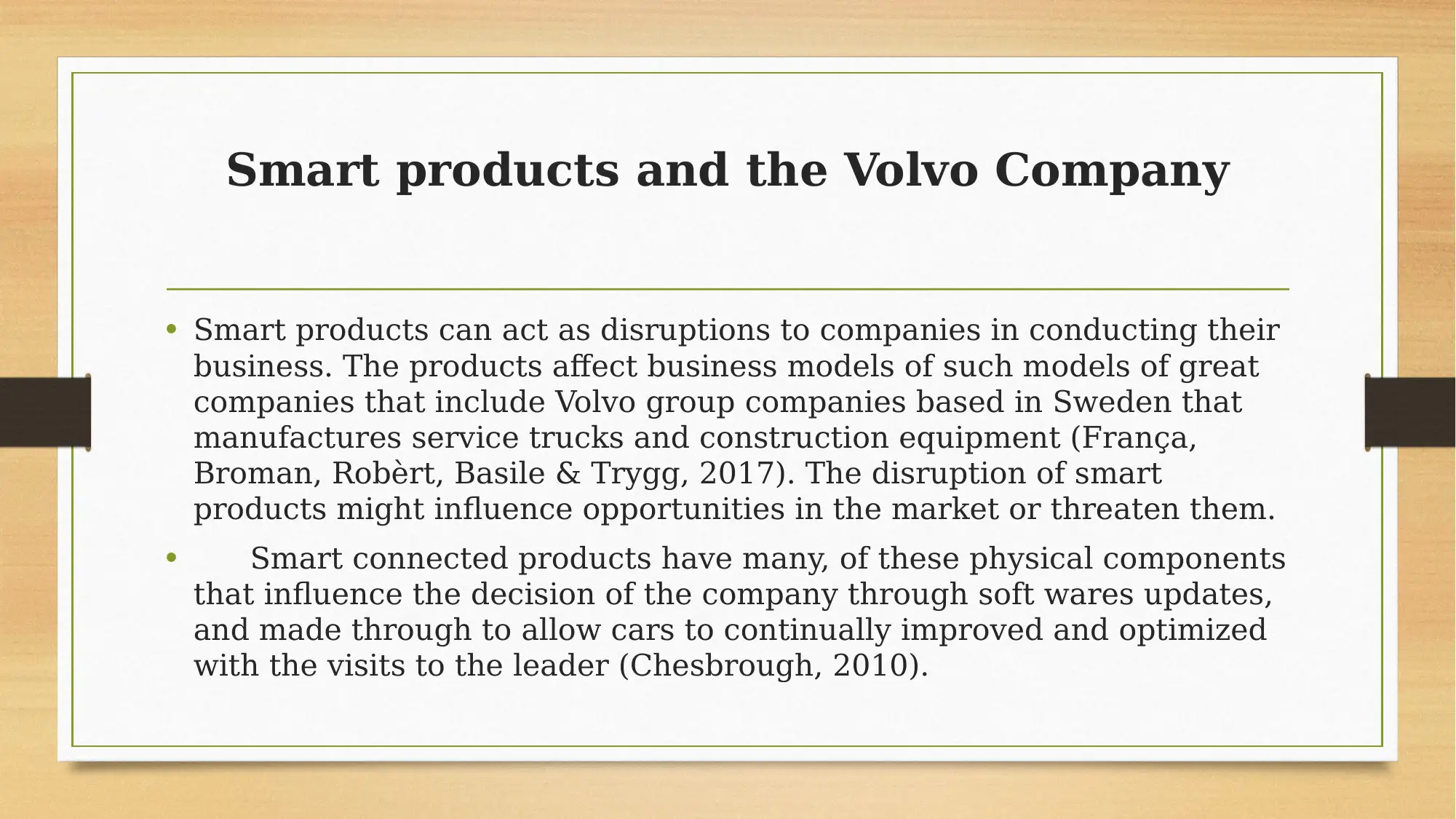

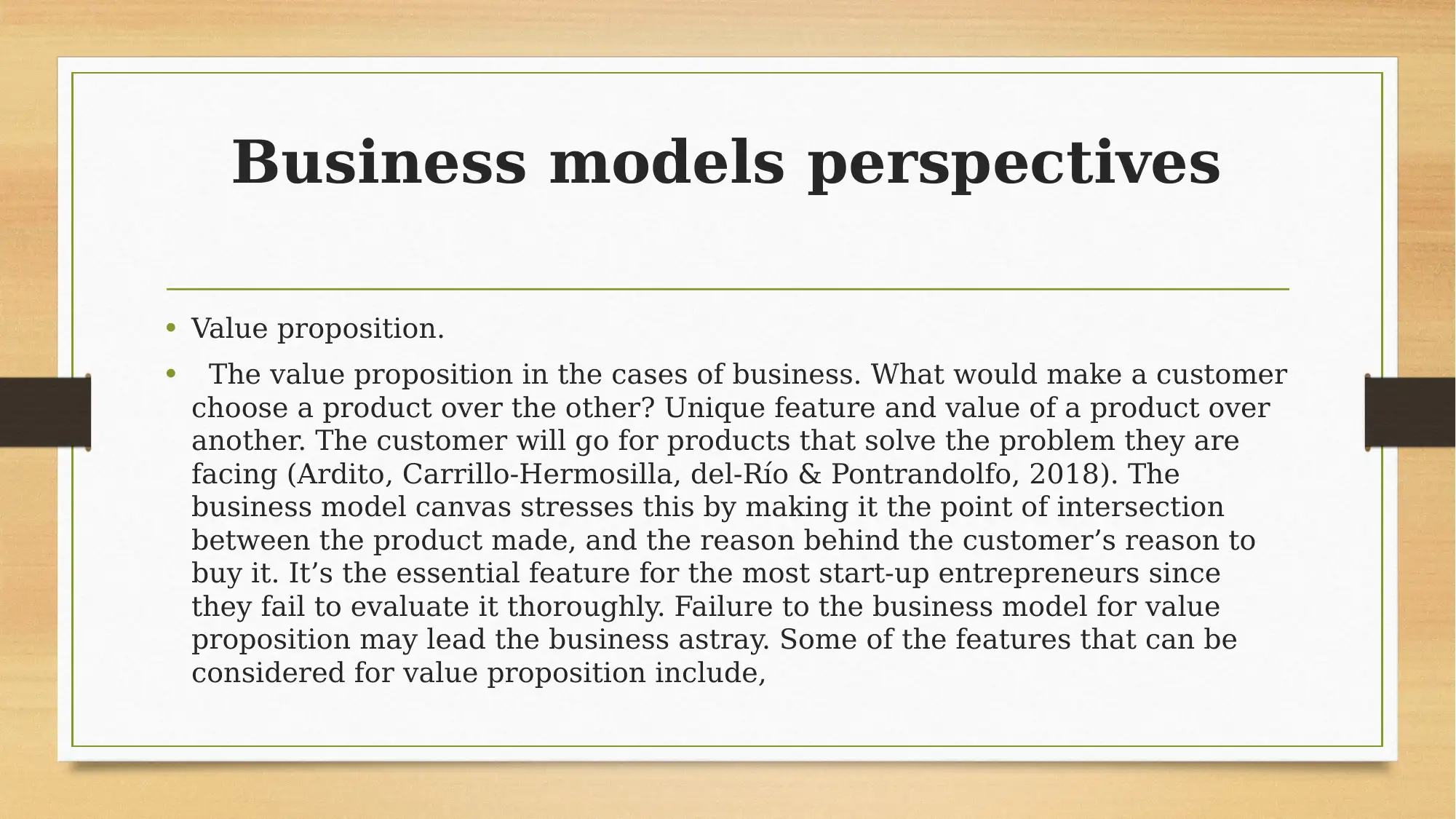
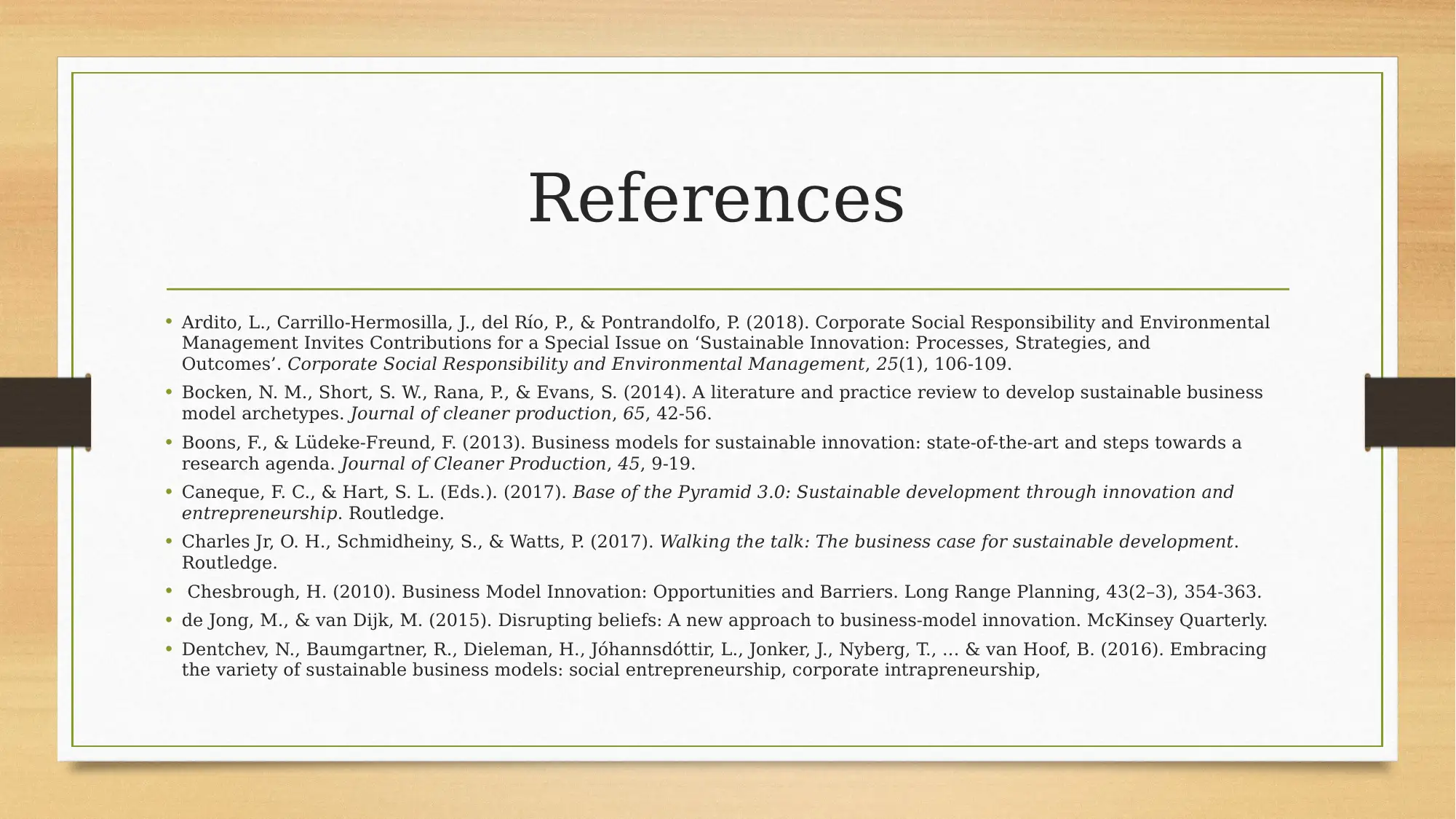





![[object Object]](/_next/static/media/star-bottom.7253800d.svg)